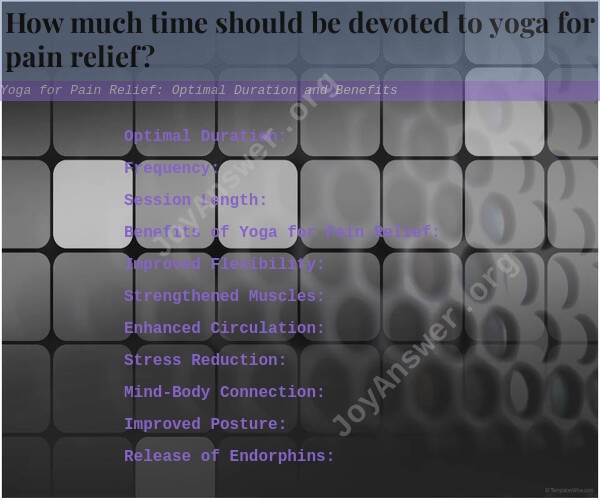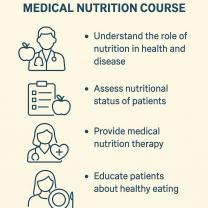How much time should be devoted to yoga for pain relief?
The optimal duration for practicing yoga for pain relief can vary depending on the individual, the specific type of pain, and their overall fitness level. However, generally speaking, a regular yoga practice of around 20 to 60 minutes, several times a week, can provide significant benefits for pain relief. Here's more information about the optimal duration and benefits of yoga for pain relief:
Optimal Duration:
- Frequency: Aim to practice yoga for pain relief at least 3 to 5 times a week. Consistency is key to experiencing long-term benefits.
- Session Length: A single session can range from 20 minutes to an hour. Start with a duration that feels comfortable and gradually increase it as you become more accustomed to the practice.
Benefits of Yoga for Pain Relief:
Improved Flexibility: Yoga incorporates stretches and poses that gradually improve flexibility. Increased flexibility can alleviate muscle tension and joint discomfort.
Strengthened Muscles: Certain yoga poses target specific muscle groups, helping to build strength and support the body's alignment. Strong muscles can contribute to better posture and reduced pain.
Enhanced Circulation: Yoga encourages blood flow and circulation, which can promote healing and reduce pain, especially in areas with poor circulation.
Stress Reduction: Yoga includes relaxation techniques that can help manage stress, anxiety, and tension. Stress reduction can indirectly alleviate pain by reducing muscle tension and promoting relaxation.
Mind-Body Connection: Yoga emphasizes mindfulness and being present in the moment. This awareness can change the perception of pain and help you better manage discomfort.
Improved Posture: Yoga encourages proper alignment and awareness of body mechanics, which can alleviate pain caused by poor posture.
Release of Endorphins: Yoga practice can trigger the release of endorphins, natural pain-relieving chemicals produced by the body.
Joint Mobility: Gentle movements and stretches in yoga can improve joint mobility and reduce stiffness, which can be particularly helpful for conditions like arthritis.
Balanced Nervous System: Yoga's focus on breathing and relaxation techniques can balance the autonomic nervous system, leading to reduced pain sensitivity.
Individualized Approach: Yoga can be adapted to suit individual needs. You can modify poses to accommodate pain limitations and gradually work on more challenging postures.
It's important to consult with a healthcare professional before starting any new exercise routine, especially if you have existing medical conditions or chronic pain. They can provide guidance on the type of yoga that's suitable for your condition and any precautions you should take. Additionally, consider attending classes led by certified yoga instructors who can provide proper guidance and adjustments based on your specific needs.













